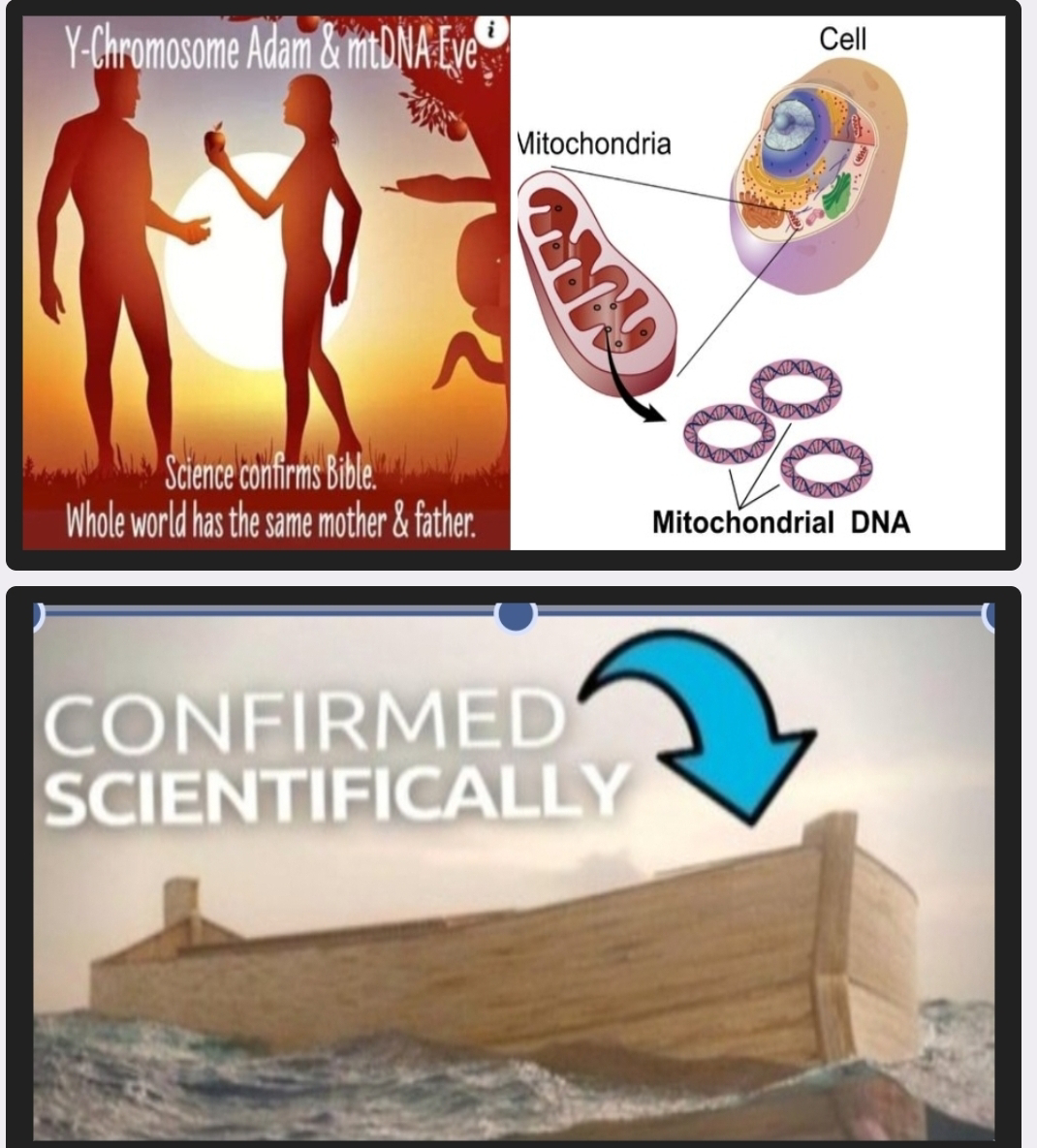Modelling the recent common ancestry of all living humans
The journal article "Modelling the recent common ancestry of all living humans" by Rohde, Olson, and Chang (2004) explores the fascinating question of how recently all living humans shared a common ancestor. This seemingly simple question leads to surprising insights into the nature of human population history and genealogy.
The authors begin by defining the concept of the most recent common ancestor (MRCA). This is the individual who is a genealogical ancestor of every person alive today. While intuitively, one might assume this MRCA lived long ago, the authors demonstrate that in a randomly mating population, the MRCA would have lived surprisingly recently. However, the real world is far more complex than a randomly mating population.
The key contribution of this paper lies in its exploration of how population substructure affects the timing of the MRCA. Population substructure refers to the fact that humans tend to mate within their own social and geographical groups. This non-random mating pattern has significant implications for our genealogical history.
The authors develop two models to account for population substructure. The first is a simplified mathematical model that provides theoretical insights. The second is a more elaborate computational model that simulates human mating and migration patterns over time. Both models lead to a striking conclusion: the MRCA of all living humans likely lived just a few thousand years ago.
This finding challenges the common assumption that our ancestors were separated by vast stretches of time. Instead, the study suggests that our genealogical connections are much more recent and intertwined than we might think.
Beyond the MRCA, the paper also explores the concept of the identical ancestors (IA) point. This refers to a point in time where all individuals who have any descendants among present-day humans are actually ancestors of all present-day humans. In other words, everyone alive today shares the exact same set of ancestors from that point in time. The study suggests that this IA point also occurred relatively recently, further emphasizing the interconnectedness of human genealogy.
Key takeaways from the article:
Recent common ancestry: The MRCA of all living humans likely lived within the last few thousand years, much more recently than many would assume.
Impact of population substructure: Non-random mating patterns due to social and geographical factors play a crucial role in shaping human genealogy.
Identical ancestors point: Beyond the MRCA, there is a point in time where all individuals who have any descendants today are ancestors of everyone alive today.
Interconnectedness of humanity: The study highlights the remarkable degree of genealogical interconnectedness among all living humans.
Implications and further research:
This research has profound implications for our understanding of human history, genetics, and identity. It challenges traditional views of ancestry and raises new questions about the genetic diversity and relatedness of human populations.
The models presented in the paper provide a framework for further research in this area. Future studies could refine these models by incorporating more detailed information about historical migration patterns, population sizes, and cultural practices. Additionally, advances in genetic sequencing technology could provide further empirical data to test and validate these models.
In conclusion, "Modelling the recent common ancestry of all living humans" is a seminal work that has significantly advanced our understanding of human genealogy. By considering the impact of population substructure, the authors have revealed a surprising truth: we are all far more closely related than we might have imagined. This research opens up exciting new avenues for exploring the complex history and interconnectedness of humanity.




Comments
Post a Comment